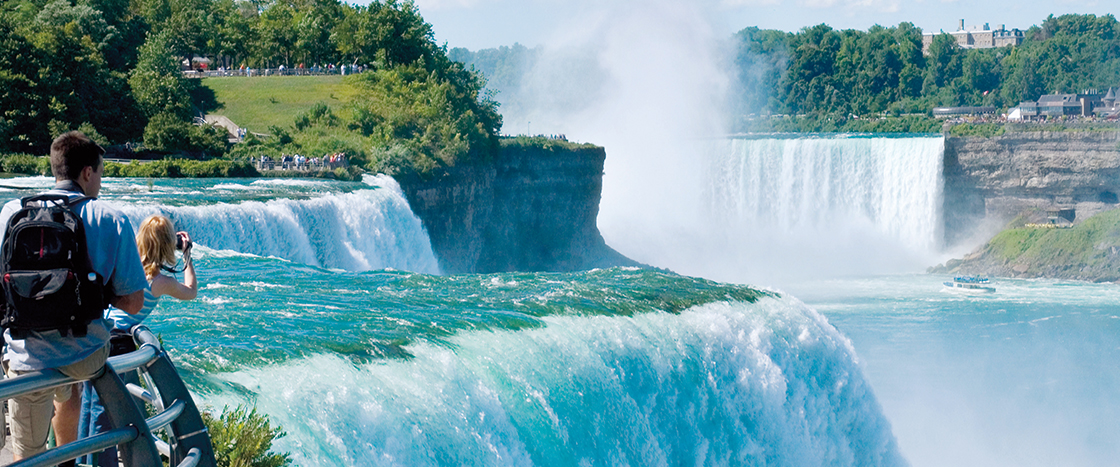You can hear the roar of a waterfall before you spot it. Up close, you may have to crane your neck to see it from top to bottom. Mist sprays your face as water pours over a cliff edge, then crashes into the rocks below.
Joel Scheingross is fascinated by waterfalls. He’s a geologist who studies Earth’s landscapes. Scientists had long thought that waterfalls form when forces, like earthquakes or moving glaciers, create cliffs that rivers flow over.
Scheingross didn’t think those forces could explain some waterfalls he’d seen. He wondered: Can a river flowing over bedrock create its own waterfalls? He designed an investigation to find out.
You can hear the roar of a waterfall before you spot it. You may have to crane your neck once you’re up close. Then you can see it from top to bottom. Water pours over a cliff edge. It crashes into the rocks below. Mist sprays your face.
Joel Scheingross is amazed by waterfalls. He’s a geologist. He studies Earth’s landscapes. Scientists had long thought they knew how waterfalls formed. Earthquakes crack the ground, or moving icy glaciers carve away rock. That creates cliffs. Then rivers flow over them.
Scheingross thought differently. Those forces couldn’t explain some waterfalls he’d seen. He wondered about a river flowing over bedrock. That’s the solid rock under soil. Could one create its own waterfall? He designed an investigation to find out.

